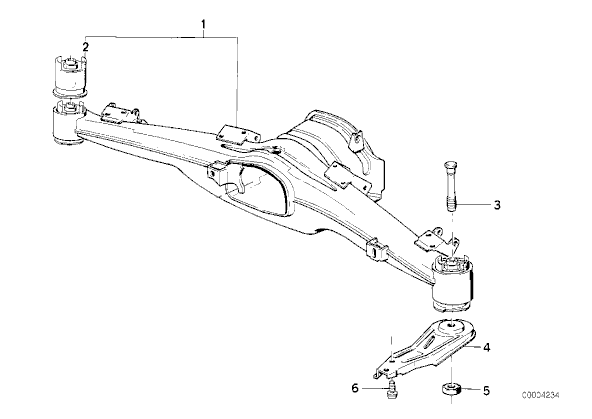At time of writing, I am preparing to sell my 1998 Audi A4 (B5) 1.9 TDI. This article is simply to document, for the benefit of others, the process of replacing the rear brake discs.
 |
| Figure 1 |
Whenever renewing brake discs, one should always
replace the brake pads; removing the discs requires removing the caliper and pads anyway so this is no extra work. Also it must be noted that the rear discs form the rear hub that the wheel mounts to and therefore houses the
rear wheel bearing. There are two bearings per hub, one out and one inner, both of which have their outer races pressed into the hub (disc). Therefore to complete this job you need to be able to press the bearing races into the new hubs (whether these are new or the old ones).






